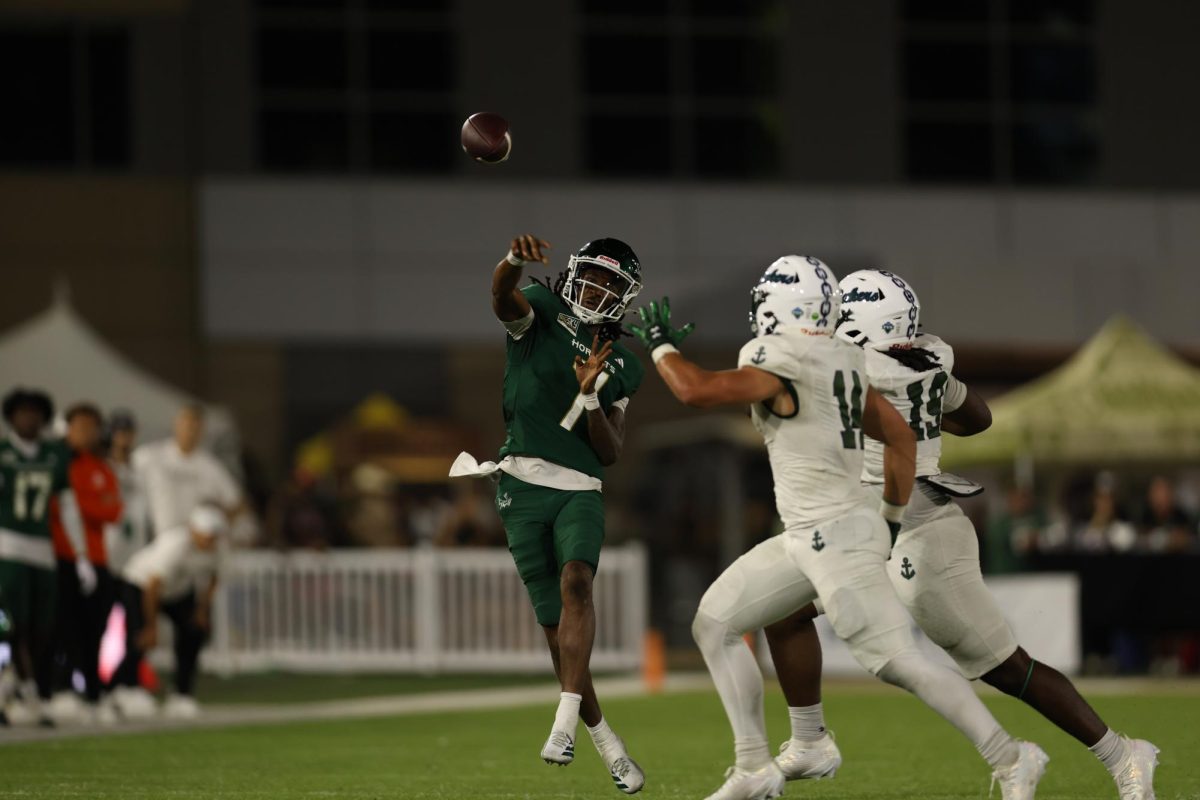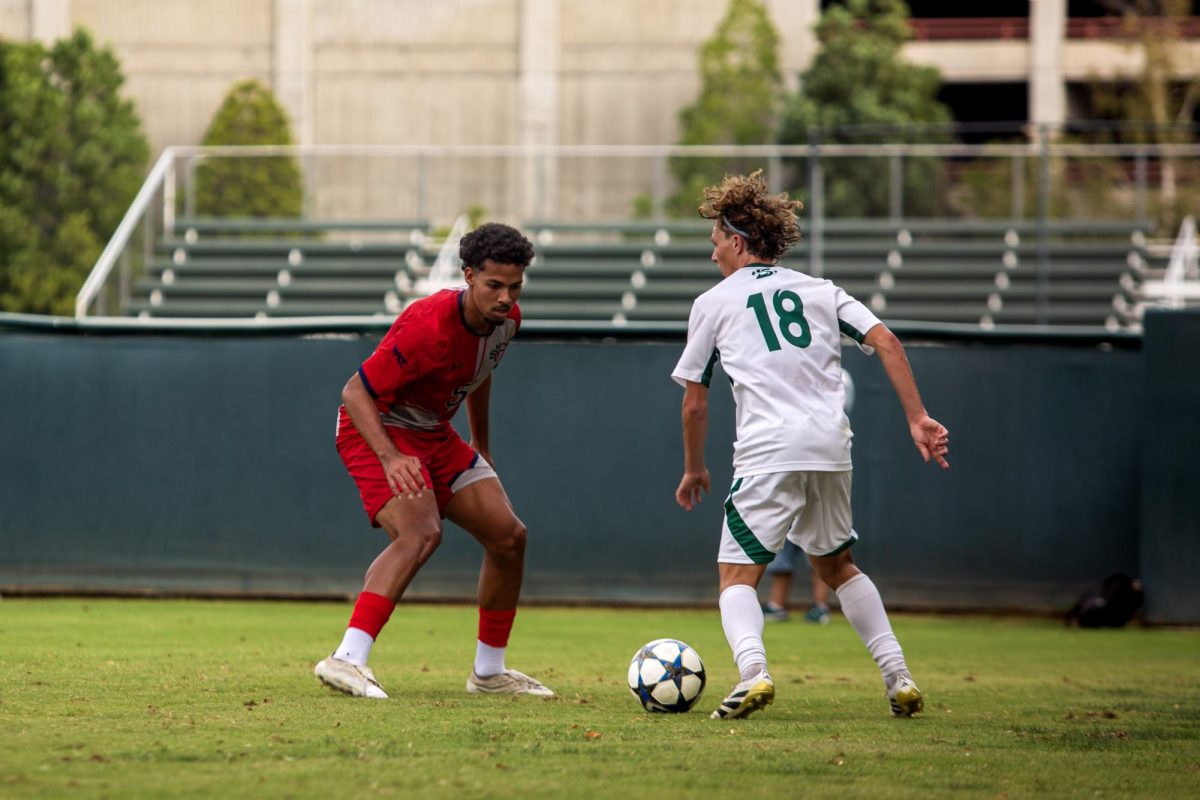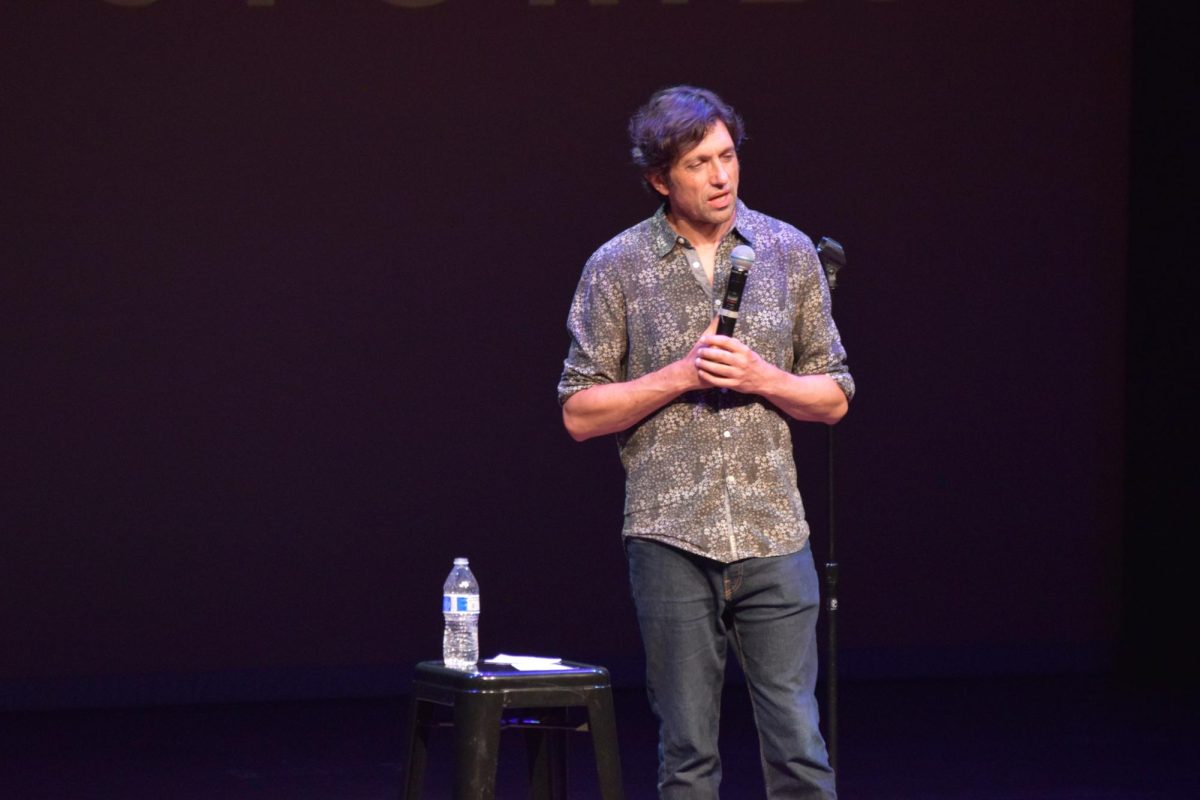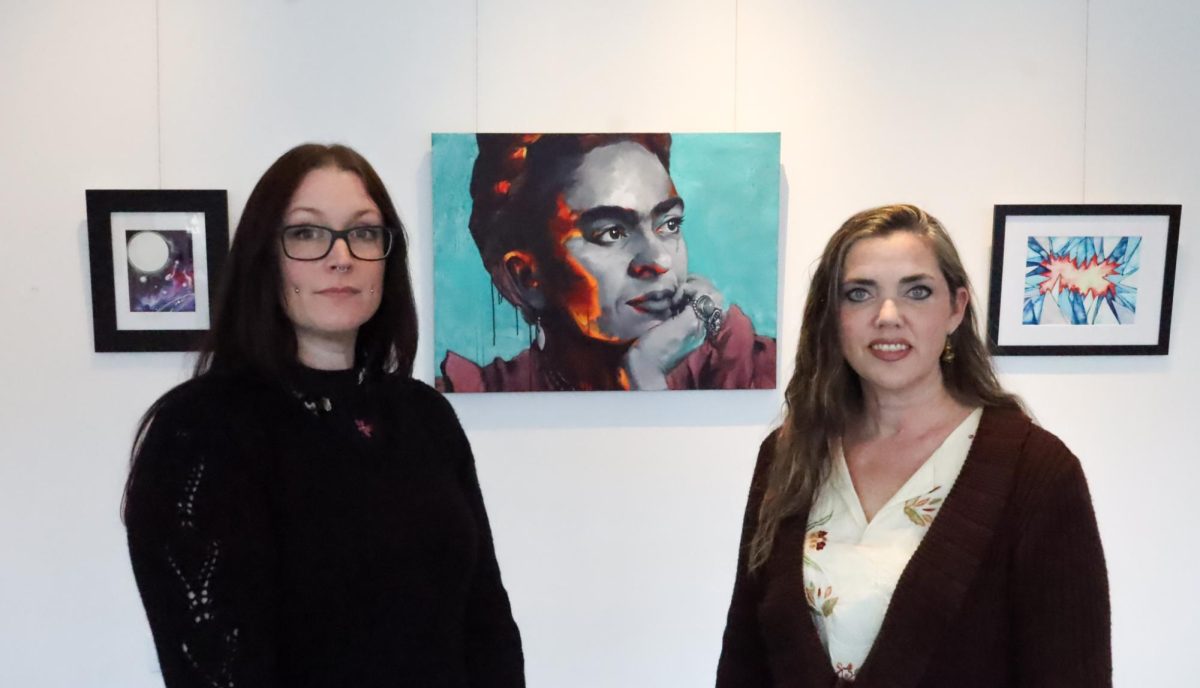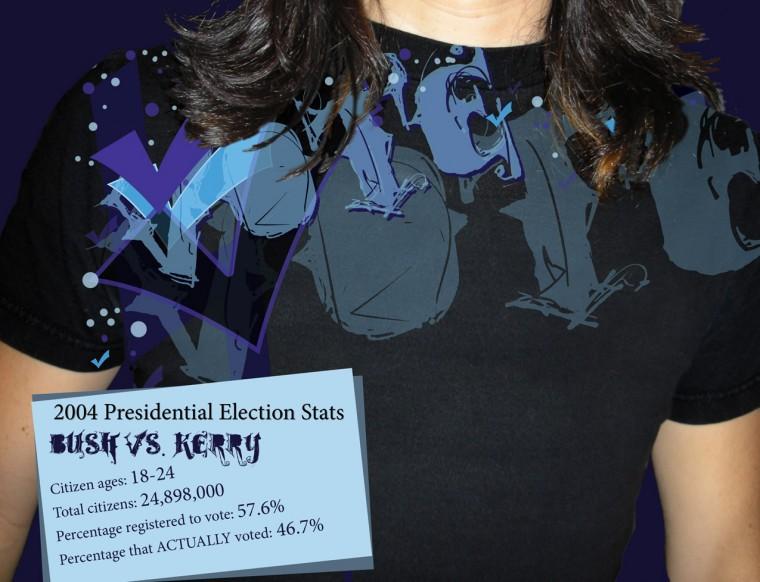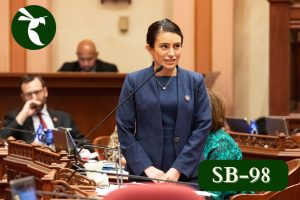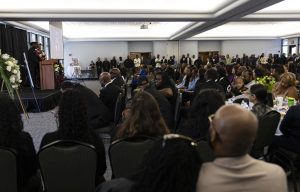A missed opportunity
Less than 50 percent of people ages 18 to 24 voted in the 2004 presidential election. Only 6 percent of Sac State students voted in last semester’s ASI elections. With numbers so low, some professors and students question why more young people aren’t exercising their right to vote. :
October 24, 2007
With presidential, local and student body elections inching closer, politicians are rallying for votes, working to perfect their campaign slogans and reaching out to a younger generation of voters.
While Americans have a year to submit ballots, Sacramento State students don’t have quite as long.
Associated Students Inc. has already begun preparing for its April 2008 election. In correspondence with this upcoming event, the Office of Governmental Affairs and the Marketing Department of ASI have collaborated to present a student election campaign contest.
Students must enter a design, which incorporates the ASI logo, for T-shirts, posters, fliers, buttons, banners and two other promotional items. The winner will receive $1,000.
Office of Governmental Affairs Director Erika Alatorre said the voter turnout for last semester’s student body elections dropped to 6 percent, down from 13 percent in April 2006.
“(ASI) thinks that since we’ve used the same campaign design for the past two years, the campaign was not as sturdy as it could have been,” she said.
Alatorre said she hopes holding the campaign contest a few months in advance will give the student body more time to engage itself in the upcoming election.
“The campaign design contest will hopefully inspire future networking relations with ASI,” Alatorre said.
Alongside the spring’s upcoming student body elections is November’s 2008 Presidential Election.
According to YouthVoterStrategies.org, compared to 2000, an additional 3 million young voters went to the polls in 2004. This is the largest increase in voters since 1971 when the voting age was lowered to 18, according to the website.
Although voter turnout rates were higher, there is still a large portion of young people ages 18 to 24 who are not voting, according to the Center for Information and Research on Civic Learning and Engagement.
Government Professor Valerie Higgins said, “the reasons the youth of the country do not vote as often as older members of society is because they feel disenfranchised and disillusioned with the political process. They imagine that their individual vote does not count, or will not make any difference.”
Chris Suber, a senior government major, says he thinks students feel voting is not something that affects them so they, in turn, do not feel the need to vote.
Sophomore Angela Pisciotta, undeclared, said, “a lot of students don’t come in contact with governmental issues on a daily basis. Usually you have to make an effort to watch the news or research issues yourself so many students are not aware to issues and therefore forget to even vote.”
Higgins said students can and do make a difference by voting.
“Through initiative, referendum and recall, the individual voter of all ages actually has a direct vote. The processes of direct democracy are a rare occasion where citizens have some real control over elected politicians,” she said.
When asked what politicians or political activists can do to help the voter turnout rate for younger generations increase, Pisciotta said, “there should be a voting precinct on campus so the polls can be easily accessible to students.”
Higgins argued that the solution is education.
“It is education that activists must provide in order to convince young people that their individual vote is valuable: education on the political process, edification on the disingenuousness of political advertisements, assistance to people on identifying misleading propaganda and providing information to voters on where they may find the truth about candidates and ballot measures,” she said.
Princess Garnace can be reached at [email protected].

















































